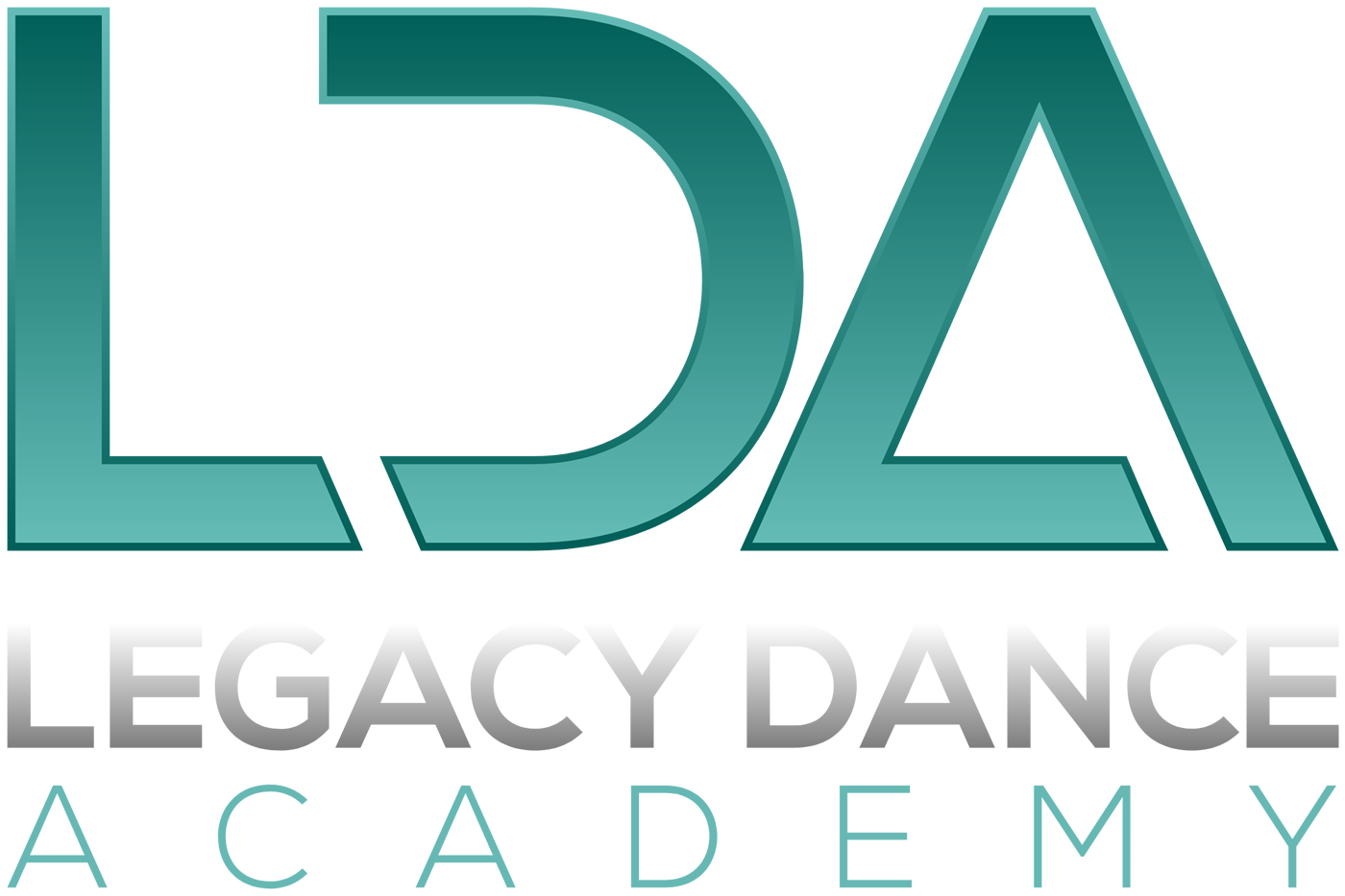When most people think of a career in dance, they imagine life on stage—bright lights, costumes, and choreography. But the world of dance extends far beyond performance. For those passionate about movement, rhythm, and artistic expression—but not necessarily being in the spotlight—there are a wide variety of rewarding careers that support and shape the dance industry.
Whether you’re a dancer looking to pivot, a student exploring options, or simply someone who loves dance but prefers a different role, here are several career paths worth exploring.
1. Dance Education and Teaching
Teaching is one of the most common non-performing careers in dance. Dance educators work in a variety of settings: private studios, public schools, universities, and community centers. You might teach ballet to young children, modern dance at a college level, or even lead adult fitness dance classes.
Specialization options include:
- K-12 Dance Education (with a teaching certification)
- Higher Education (often requires an MFA or PhD)
- Studio/Private Instruction
2. Choreography
While choreography often overlaps with performance, many choreographers build full careers behind the scenes, creating work for professional companies, musical theater, television, film, and even video games or virtual reality. It’s a career that blends artistry, leadership, and a deep understanding of movement.
3. Dance Therapy
Dance/movement therapy (DMT) is a clinical field that uses movement to support mental health and emotional well-being. Dance therapists work in hospitals, rehabilitation centers, schools, and private practice to help individuals process trauma, improve motor function, and express themselves in nonverbal ways.
To become a dance therapist, you’ll typically need:
- A master’s degree in dance/movement therapy
- Certification from the American Dance Therapy Association (or your country’s equivalent)
4. Arts Administration and Management
Behind every dance company, festival, or nonprofit is a team managing logistics, fundraising, marketing, and programming. Arts administrators make it possible for dancers and choreographers to do their jobs. This role is perfect for those with both a love for dance and strong organizational or business skills.
Career examples:
- Company Manager
- Program Coordinator
- Development Director (fundraising)
- Marketing and Communications Manager
- Production and Stage Management
Every successful performance relies on a team of behind-the-scenes professionals. Stage managers, lighting designers, costume designers, and sound technicians all play crucial roles in bringing dance productions to life. These careers combine technical expertise with a passion for the performing arts.
- Dance Entrepreneurship
If you’re business-minded, you can create your own path by opening a studio, launching a dancewear brand, developing an app, or offering online courses. Entrepreneurship in dance is growing, especially with digital platforms opening new avenues for connection and education.
Final Thoughts
Dance is a versatile and expansive field. While performing might be the most visible aspect, it’s just one piece of the puzzle. Whether you want to heal, teach, organize, write, or innovate, there’s a place for you in the dance world—even if it’s not on stage.
So if your passion for dance runs deep, but the spotlight isn’t for you, take heart: there are countless ways to build a fulfilling career doing what you love—no pirouettes required.














